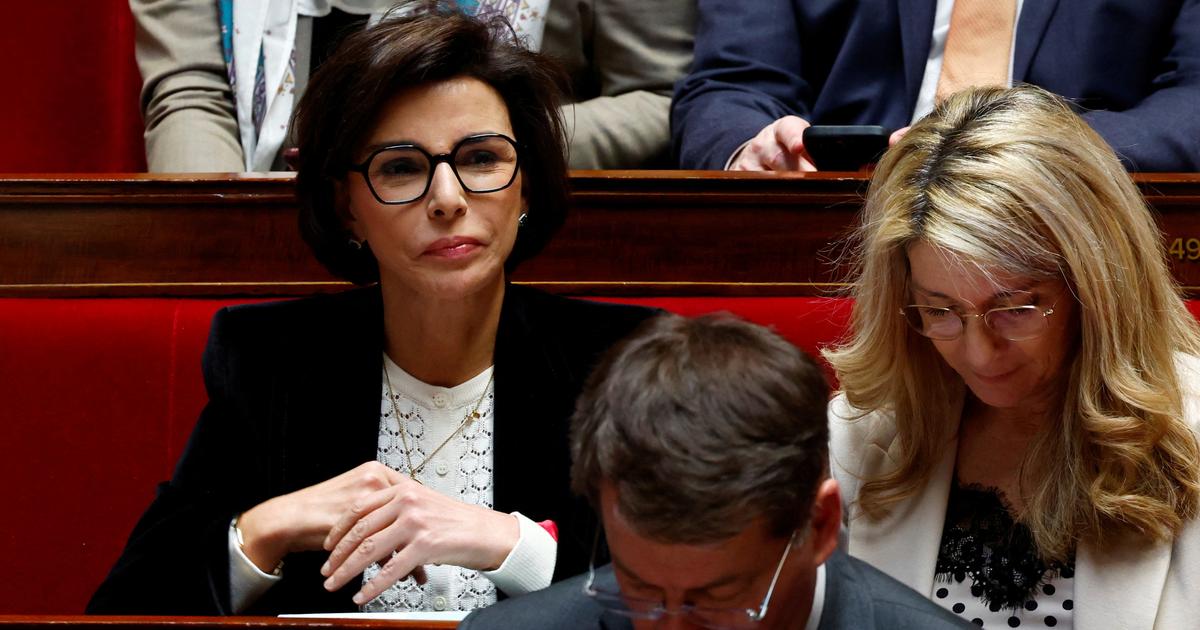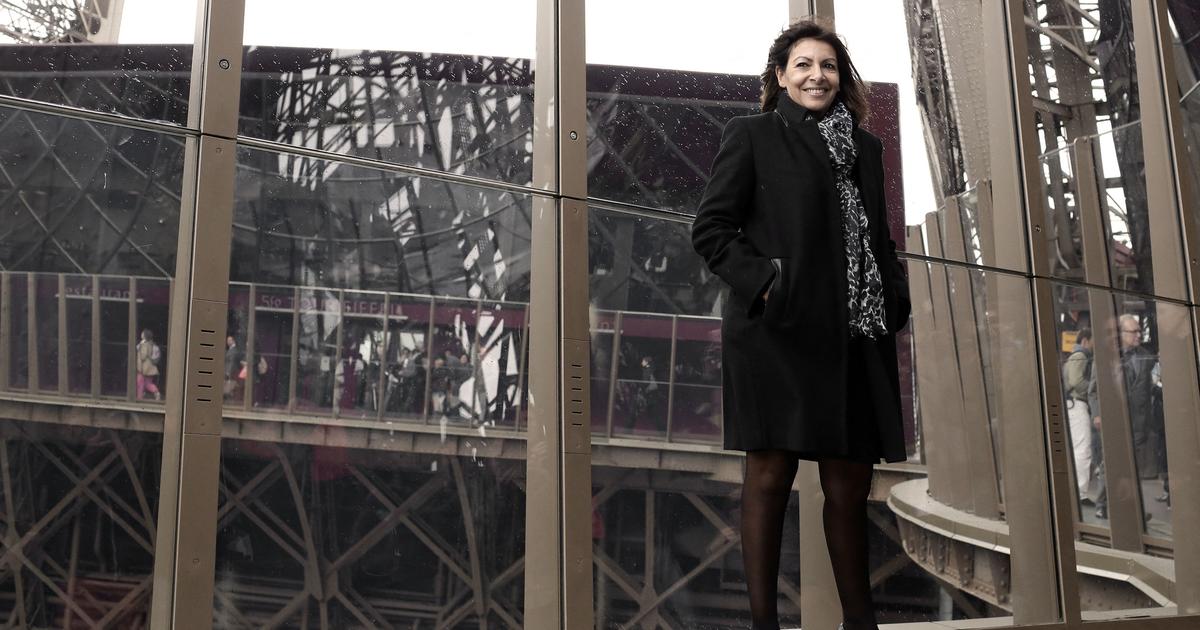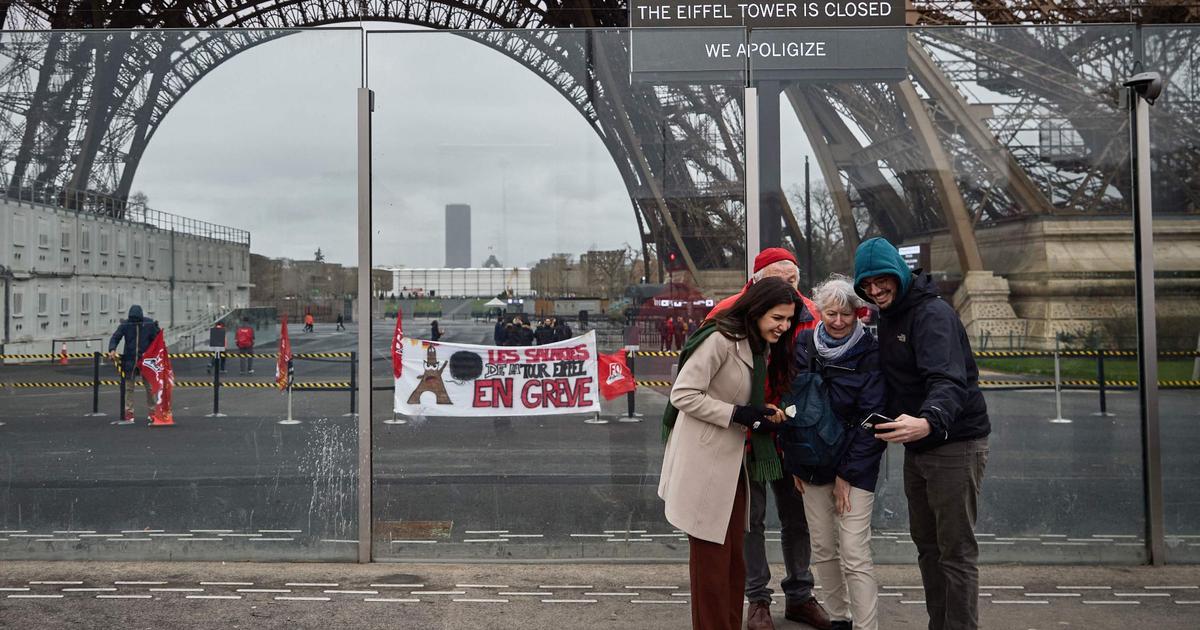Laurent Lemasson has a doctorate in public law and political science.
On the evening of Saturday November 26 to Sunday November 27, a man was beaten up at the foot of the Eiffel Tower.
Urgently transported to Georges-Pompidou, his vital prognosis was then engaged, before the doctors managed to get him out of trouble.
Without the speed of rescue and the skill of caregivers, the homicide statistics would undoubtedly have counted one more unit.
According to a police source, it would be a brawl between "young people" and street vendors.
“As often happens, young people would have tried to confuse a seller, perhaps to steal what he is selling.
It would have degenerated.
Vendors of Pakistani origin, accustomed to having to defend themselves, reportedly responded with smashed bottles to the head.
Insecurity has undermined the areas around the Eiffel Tower and the Champ de Mars for years, but the situation has worsened significantly since the end of the confinements.
Permanent dirtiness, aggressive begging, illegal activities that take place in full view of everyone, illegal immigrants and "thugs" from the "cities" who are constantly prowling - and sometimes fighting, like last Saturday - local residents describe a real " courtyard of miracles", installed in one of the most emblematic places of the capital.
By making people live in vague but continual fear, by undermining their confidence in their ability to collectively control what happens in their neighborhood, disorder in public spaces pushes residents to withdraw into themselves.
Laurent Lemasson
The Eiffel Tower district has thus become a textbook case of what criminologists call the “broken window” theory, which explains how delinquency and violence closely follow incivility and disorder on public roads. that we let thrive.
It is also, alas, a very good summary of all that is wrong with our way of dealing with insecurity.
This theory was developed by two American sociologists, James Q. Wilson and George L. Kelling in the early 1980s. The fundamental intuition behind this theory is that incivility and disorder are not "victimless crimes as we would be tempted to believe, but precursors to crime.
Disorders and incivility engender delinquency in two ways.
On the one hand, disorder destroys the informal social controls by which the inhabitants of a neighborhood naturally enforce the rules of living together.
By making people live in vague but continuous fear, by undermining their confidence in their ability to collectively control what happens in their neighborhood, disorder in public spaces pushes inhabitants to withdraw into themselves, even, to those who can, to leave the area.
On the other hand, they encourage delinquents to take action because they point out that "no one is paying attention" here.
The "broken window" metaphor is one of gradual deterioration: a building where a broken window is left unrepaired will soon be subject to much more widespread vandalism, as that broken window signals that the owners (and , by extension, authorities) cannot control minor damage and therefore will be unable to prevent more serious crimes from occurring.
Disorder and incivility are thus a major source of the famous "feeling of insecurity", which destroys social ties even more surely than crime, because most people are rarely directly confronted with crime, whereas they suffer the distressing incivilities on a daily basis.
This is why, during neighborhood meetings with the police, residents' complaints very often relate to incivility and disorder more than to proven acts of delinquency.
This is not at all an error of perspective: the inhabitants understand very well, intuitively, that the security of their neighborhood is first and foremost at stake in the control of public spaces.
The “broken window” theory has the practical meaning that law enforcement must not only fight crime, but also maintain order in public spaces.
They must not only seek out and arrest criminals, but also help to enforce certain rules of civility, of living together, by controlling, expelling, arresting, and in general by sanctioning, those who contravene these rules.
When disorder occurs in public spaces, the primary goal of police action should be to put an end to the disorder, not to seek out perpetrators and bring them to justice.
The two may overlap but are not identical.
It would seem that a France successive governments are determined to try everything except what might work.
Laurent Lemasson
The hat players or street vendors who swarm at the foot of the Eiffel Tower, as in other parts of Paris, for example, are not marginalized "who do no harm to anyone", they are the first Unrepaired “broken window” through which little by little disorder, then violence, will spread in the neighborhood.
Giving them fines that will never be paid is not a way of putting an end to the disturbance to public order that they represent.
In a way, it even aggravates the problem since this ineffective action clearly shows everyone the helplessness of the authorities.
Similarly, motorized rodeos are not just noisy and potentially dangerous amusement, they are a way of ostensibly taking over public space and thereby intimidating neighborhood residents.
They are thus intimately linked to the crime that thrives there.
Letting rodeos go on and then looking for their perpetrators and trying to have them condemned by the courts is therefore a fundamental mistake.
The "broken glass" theory served as the basis for a profound renovation of police action in New York, starting in the early 1990s. This revolution within the NYPD largely contributed to a spectacular drop in crime. , in all its forms, by more than 80%.
This drop, which continued until mid-2010, is quite simply the sharpest ever recorded since crime statistics have existed.
The "broken window" is in fact a return to the famous principles enunciated by Sir Robert Peel in 1829 when he reorganized the Metropolitan Police of London, the first of which is:
"The essential function for which the police exist is the prevention of delinquency and disorder.”
In the fight against delinquency, the effective methods have been well known for a long time.
Unfortunately, it seems that successive French governments are determined to try everything except what might work.










/cloudfront-eu-central-1.images.arcpublishing.com/prisa/2C5HI6YHNFHDLJSBNWHOIAS2AE.jpeg)



